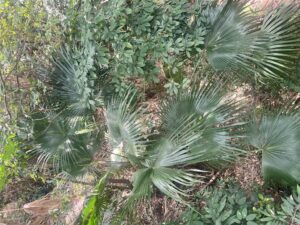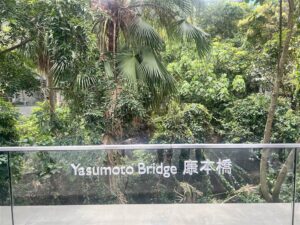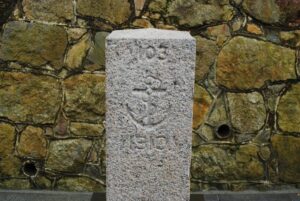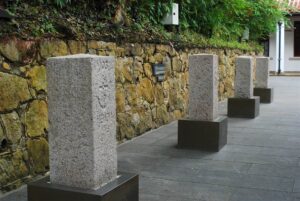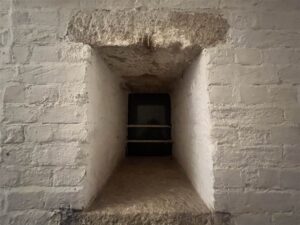The Asia Society

The Asia Society Hong Kong is a nonprofit and educational organization that aims to promote mutual understanding in all matters of culture, arts, policy and politics in Asia.
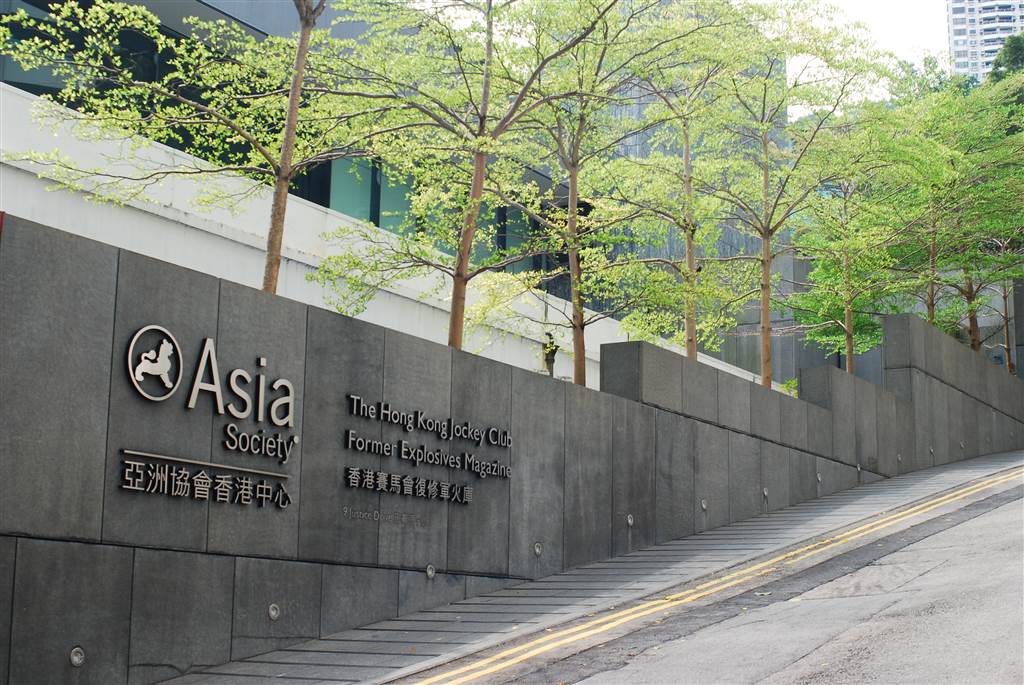
Located in the former Victoria Barracks area, the Asia Society has taken over the former Explosive Magazines A and B as its venue of events and exhibition. The whole area comes with a holistic approach to historical preservation, art, ecology and architecture.
History and Heritage of the Asia Society in Hong Kong
The Asia Society established its branch in Hong Kong in 1990. The current site for the Asia Society was opened in 2012. The site consists of a new building and four other heritage buildings, with a connecting bridge and a podium with art exhibitions.
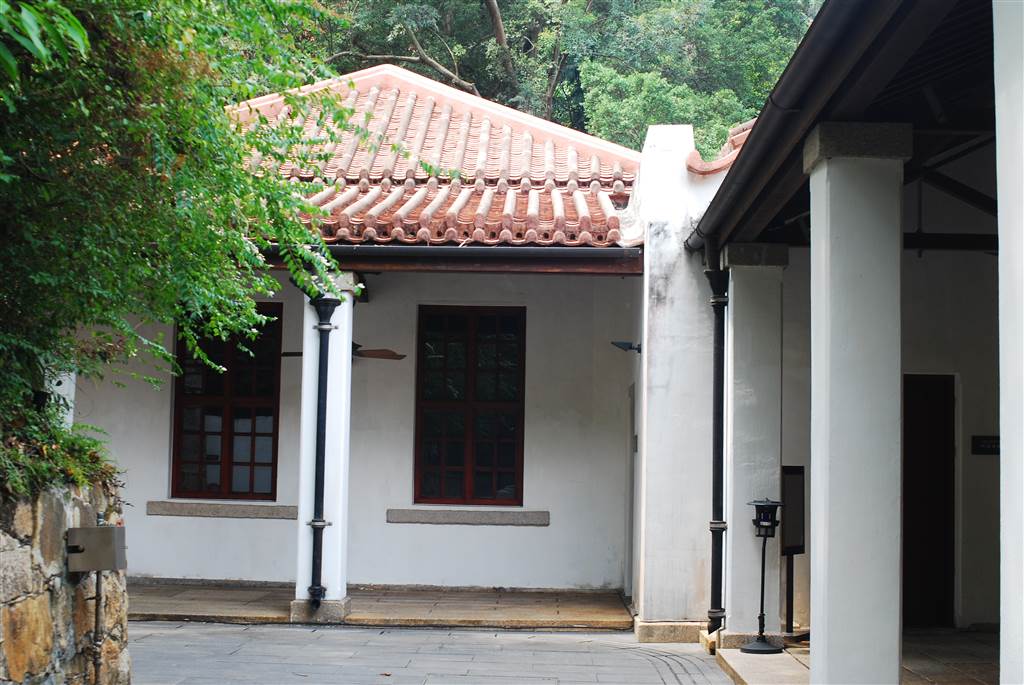
There are a few heritage buildings in the Asia Society complex. The Starr-Greenberg Building is now the administrative office for Asia Society. Former Magazine A is now the Chantal Miller Gallery and it is the venue for exhibitions. Former Magazine B is now the Miller Theater. Some of the original features of the magazine turned out to serve unintended benefits for the theater. Finally, the GG Block close to the entrance of Asia Society is now also the office space for administration. The rest of the Asia Society complex were newly constructed in 2012 with the support of private funds and donations, and it is fully owned by Asia Society.
Some Prominent Architectural and Artistic Features of the Asia Society
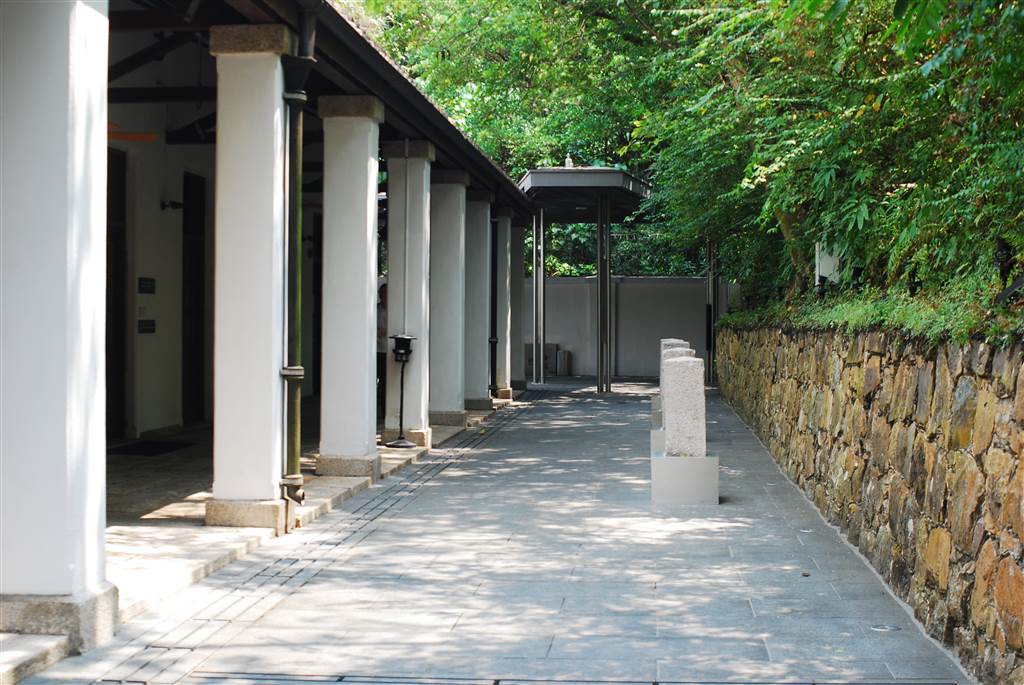
Award-winning U.S. architect Tod Williams Billie Tsien Architects designed the complex with restoration, conservation and adaptation in mind. The entrance hall of Asia Society is lined with artificial marble from Iran, with patterns that echo the natural granite of Magazine A in the site. This is part of the effort to incorporate eco-friendly concepts in the site design.
There are a few pieces of artwork in the Joseph and Josephine Lau Roof Garden, which is meant to be a zen garden and a place of respite within Hong Kong’s urban landscape. Artist Zhang Huan derived his inspiration for the copper and steel piece Long Island Buddha from a trip to Tibet. He observed the damages done to the buddha statues there and renewed his thinking about the Cultural Revolution. Therefore on this artwork some sections show intentional dents and damages as an artistic message.
The marble on the walls at the zen garden match with the environment and feature textured stones from Burma.

The Yasumoto Bridge is intended to be an ecological walkway, where pedestrians will enjoy bird viewing and their singsongs with the urban views of Hong Kong island on the side. On the hillside, the original fan palms there were preserved and new ones were planted to serve as a habitat for the short-nosed fruit bat. These fruit bats are seen at dusk.
This bridge was restored during the building period. It was supposed to be a straight bridge leading directly to the magazine, but the elbow bridge now provides a v-shape, pointed viewing point. During the construction, the fruit bats flew away but they came back when the fan palms were replanted.

Prominent Features of the Heritage at Asia Society
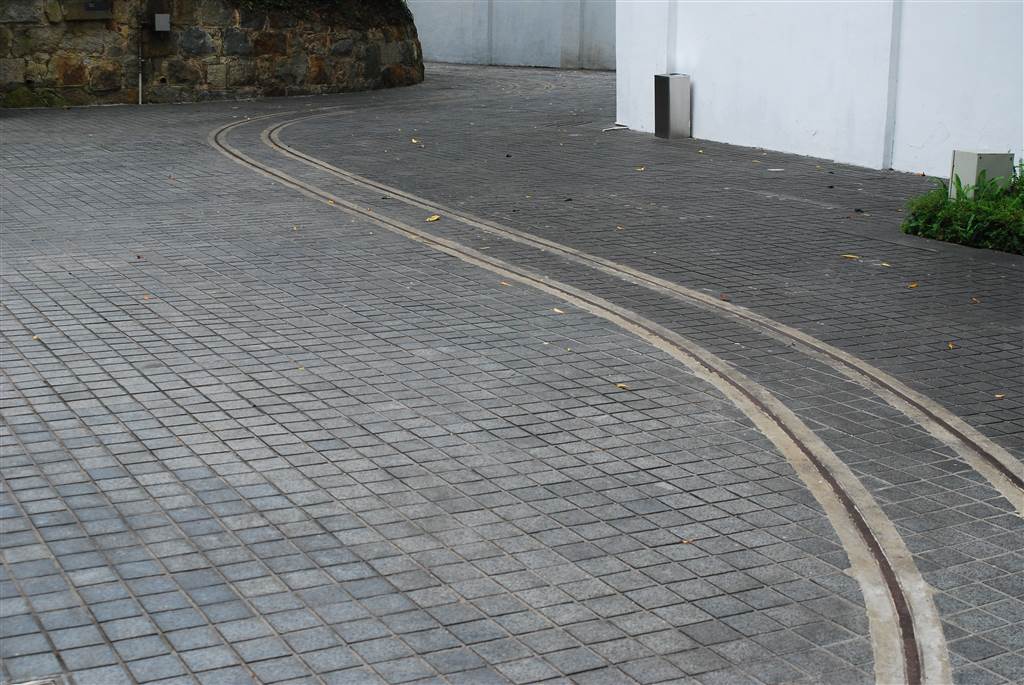
Of the many heritage sites at the Asia Society, I found the explosives track to be the most interesting. The history of the Former Explosives Magazines must be understood within the larger context of British strategic defense in this whole area of Admiralty.
At one point in history, the Arsenal Yard was located at the seaside. Now this location is the Hong Kong Police Headquarters. Going north, the Arsenal Street used to be where the raw materials for ammunition and explosives were transported to the Victoria Barracks by the coolies. The workers must wear lint-free garment to avoid causing sparks when they transported the explosives. The architects have preserved the transportation tracks as a way to celebrate the unique history of the former Victoria Barracks.

Photo: The stones next to the former explosives-mixing facility are the foundation for the explosives transportation paths.
In 1865, the British army built the former explosive-mixing facility that would eventually become the Starr-Greenburg Building. This building comes with some typical colonial building features, including a veranda. Veranda A is where the stone path from a century ago as well as the stone foundation of the columns are seen.
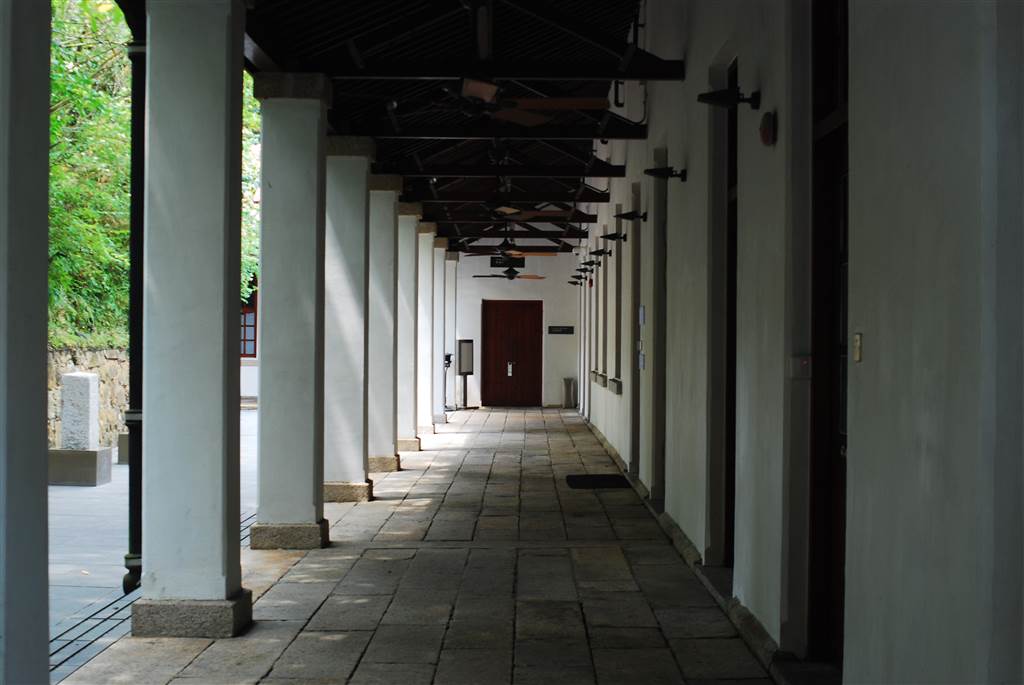
The Boundary Stones were there since 1910, before the site was occupied by the British Navy. In this year the British army handed over this site to the Royal Navy, and the five boundary stones were established here. Admiralty acquired its name as the region governing the Royal Navy.
In a previous entry, I have shared about an exhibition of old photographs of Hong Kong held at the Chantal Miller Gallery, Former Magazine A. Magazine A had not changed except for the gate. It was built of granite. The entry hall’s granite, mentioned earlier, was meant to simulate this natural granite at Magazine A. Its wall is quite thick at 8 feet, one of the obvious reasons is to protect against explosion and to keep the temperature constant.
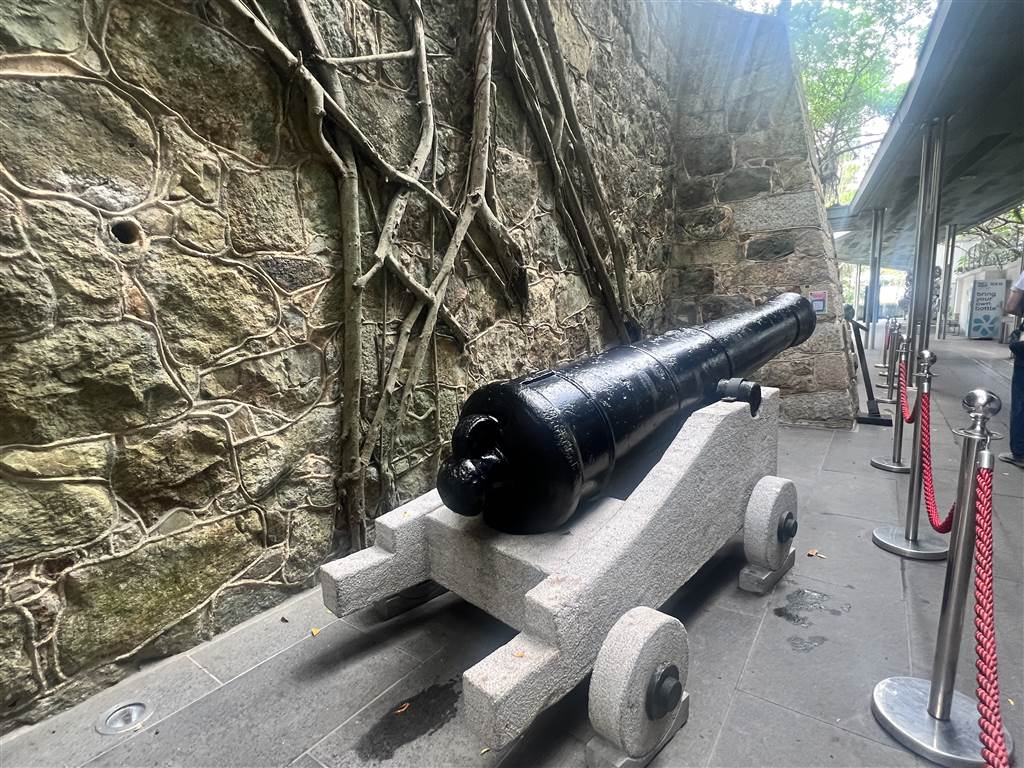
Photo: the cannons on site were discovered during the restoration. One is front-loaded and one is back-loaded.
Magazine B was built in 1905, of bricks. Bricks were comparatively easier and faster to source than granite. At the time of construction, the British army wanted to gain control of this site. It wanted to stop the civilian government from taking this land to widen Kennedy road. Therefore it used bricks as a measure of expediency.
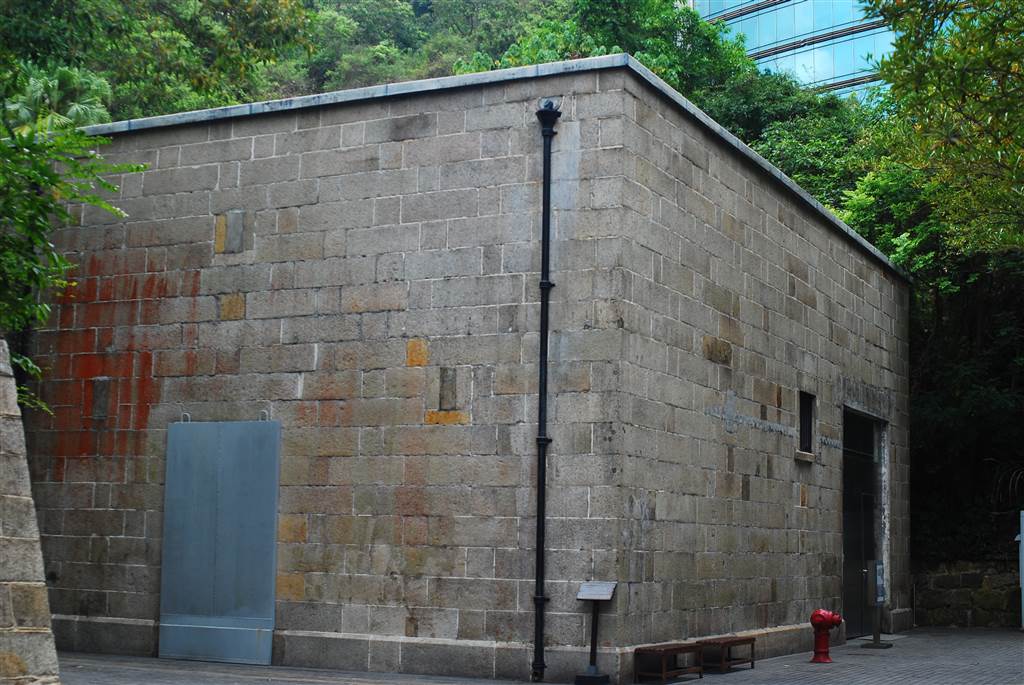
For ammunition storage, originally there were four chambers to keep the explosives. During the restoration, the architect removed two walls. The theatre accommodates 176 people, and the plasterer roof is original. As it is now, the building is a double-wall construction, helpful for sound and temperature-proofing.
The corridor inside Magazine B was for inspection, and the inspectors took their oil lamps to peep through the small windows. The dome-shape corridor prevents catastrophe – in the unfortunate event of explosions, the force would push upward instead of sideways, and the corridor passage is for quick evacuation. The brick was bound in English bonding, one long brick against one short brick, double wall.
There are free tours conducted in English or Cantonese available for sign up at the Asia Society website. There is one Cantonese tour and one English tour held on the same day once per month, usually at the end of the month. Be sure to visit the website at the beginning of the month of the tour to book in advance, because they do get full.
The address of the Asia Society Hong Kong is 9 Justice Drive, Admiralty, Hong Kong.
Sources
Descriptions on site at the Asia Society.
The website of the Asia Society.
Free English tour of the Asia Society.



